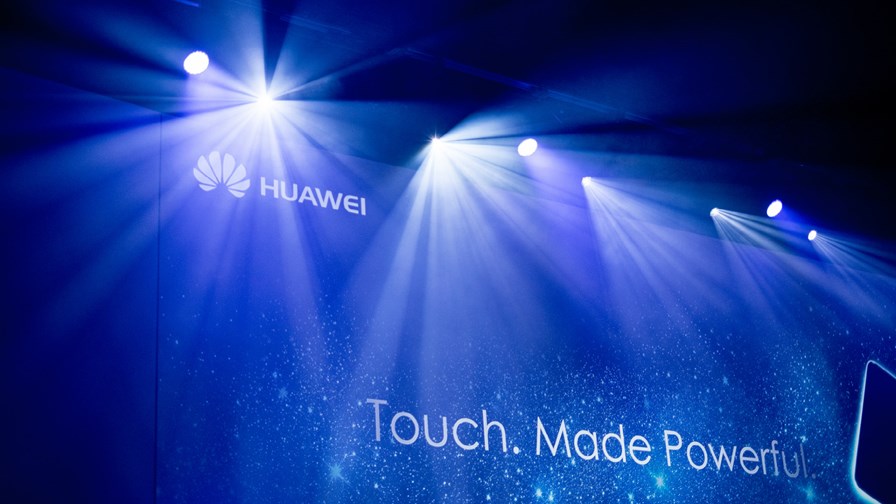OK Kirin: With Huawei squeezed out is vertical integration now the way to go?

via Flickr © Janitors (CC BY 2.0)
- Huawei says it will have to stop making Kirin 9000 chips because of US blacklisting
- So what happens now?
- Will national or regional value chains be favoured over sprawling global ecosystems?
Huawei has admitted that its imminent Mate 40 smartphone would, barring miracles, be the last flagship to use a Kirin chip following the May tightening of the blacklist screw that the US administration has imposed on Huawei. It says it will stop making the Kirin chips for its smartphones because of problems with sourcing the necessary materials due to the US measures against it. The Mate 40, due to be launched soon, will still be powered by Huawei’s Kirin 9000 processor, with its 5G and AI processing capabilities for the time being because Huawei will have an initial supply of the chipsets.
Unfortunately for Huawei, it turns out that controlling the production facility is as important as owning the designs and the US measures mean that its manufacturer, TSMC, with its US chip making technology, is prevented from doing business with Huawei under the blacklist measures. In July, the Taiwan contract chipmaker said it stopped taking new orders from Huawei in May.
Worser and worser
As a result Huawei management seems to have changed tack a little. Instead of a ‘stay calm and carry on’ mode, with vague indications that it could find ways to work around sanctions while still expecting their ‘eventual’ repeal (unlikely but not impossible given the likelihood of a Biden presidency early next year), Huawei now appears to be acknowledging the scale of its problem and the pressing need for long range solutions.
According to Yu Chengdong, CEO of Huawei’s consumer business, the situation with the Kirin 9000 represents a “huge loss” to the company. Yu said he now regretted that Huawei had only invested in developing chips, not in manufacturing them.
He implied that the lessons learnt means that Huawei is determined to avoid being held tech hostage again and will essentially fill any value chain gaps by developing technologies itself or at the very least, getting other Chinese companies to do so - including innovation around operating systems (think Android) chips, data and cloud services. Clearly he would also like to see China’s chip industry make advancements on chip manufacturing and new generation semiconductors.
The US’s apparent readiness to use its current technology strengths to bully companies and countries, is not going unnoticed by the rest of the world. For instance, up and coming tech nation, India, is already taking action (see - India wants 100% local manufacture of domestic telecoms infrastructure) and continuing US actions such as the threatened banning of TicTok or the threat of actions against European nations if they impose digital services taxes just reinforces the notion that the US is not to be trusted.
Email Newsletters
Sign up to receive TelecomTV's top news and videos, plus exclusive subscriber-only content direct to your inbox.




